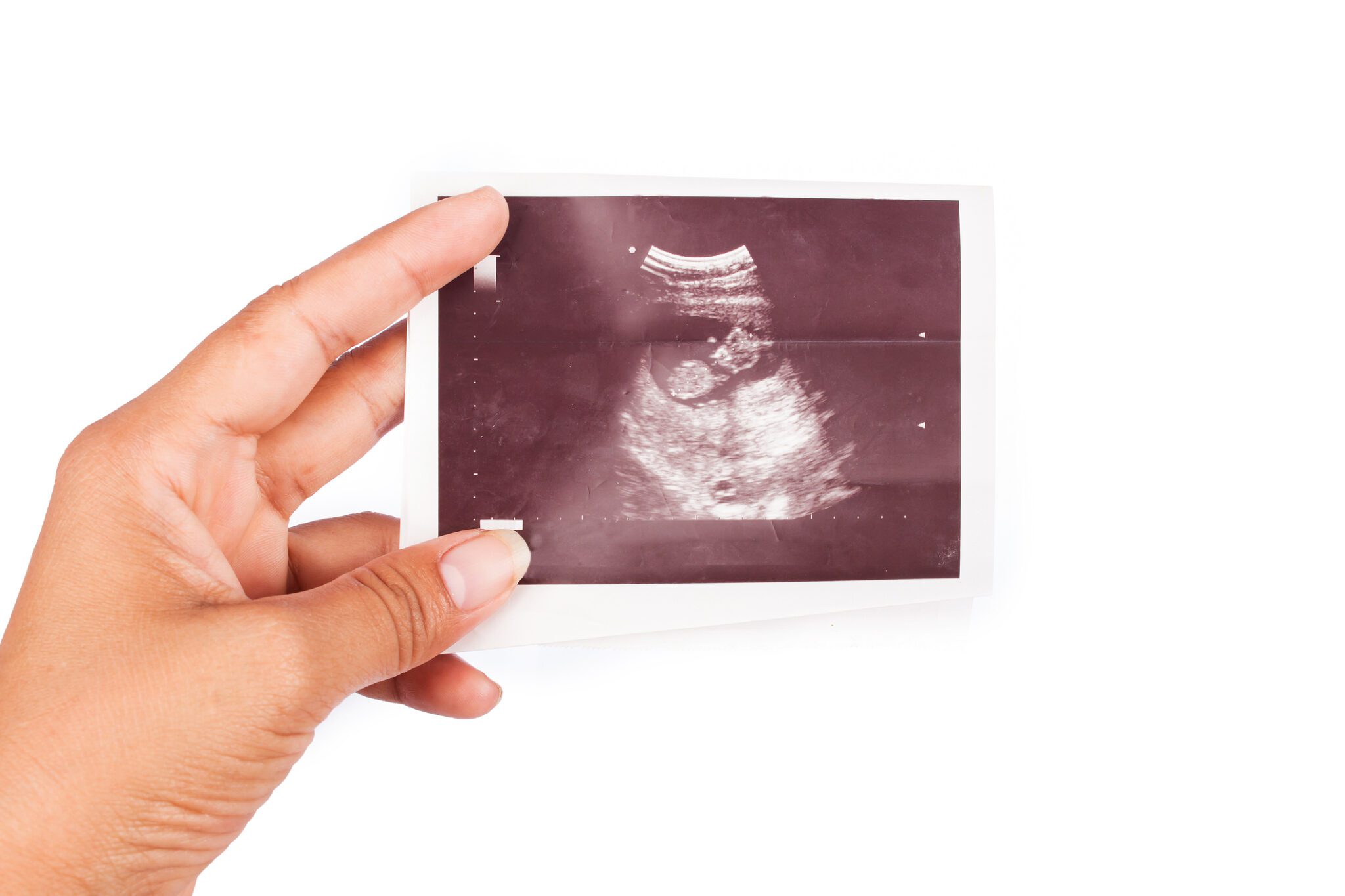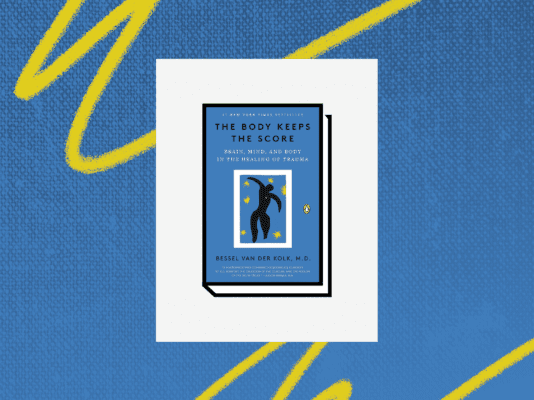A 12-year-old daughter approaches her dad in tears. Before she can speak, he says, “I don’t do feelings. Wait until your mom gets home for help.” A stray dog rushes a mom and her toddler on a walk. The mom quickly jumps behind her toddler. Later, as the doctor treats her son’s bites, the mother says, “It really is a shame his dad wasn’t there to protect him.”
These scenarios are absurd for good reason. While, in general, women can be more gentle and compassionate, those are not uniquely female traits giving a man a “get-out-of-caring-for-people” card. And though men are typically built with a greater capacity for physical strength, it does not mean a mother could not protect her children. There are reasons we have phrases in English like “mama bear” or “daddy’s little girl.”
Much work has been done among conservatives to point out the distinctions between men and women. In a gender-confused age, understanding these differences is essential, but equally important is the recognition of our common traits as those made in God’s image. Perpetuating false stereotypes about each sex only leads to greater gender confusion. Such fictions must be dispelled. To truly be the men and women God intended us to be, we must reflect his image comprehensively in our common traits, characteristics, and virtues.1Men and women largely share the same capacities and characteristics, though we always embody those things as either men or women. A very obvious example of this is that only women can be mothers; only men can be fathers, but both can be parents.
As we interact with the opposite sex, it’s easy to feel there couldn’t possibly be anything more different, but that is not true. In all of creation, there is nothing more like a man than a woman. This is clearly seen in three commonalities revealed in Scripture.
Commonalities in Creation
The creation account begins with commonality before addressing distinction. Genesis 1 starts with an overview of creation and briefly tells how God made humanity as men and women. The focus of this chapter is correspondence. The real contrast is between humanity and the rest of creation, not between man and woman. Chapter 2 then zooms in to tell more about the creation of man and woman, demonstrating some of the complementary nature of humanity being created as male and female.2These differences are seen in the timing of their creation, the method of their creation, and the materials of their creation (2:5-7, 2:21-23). So, if Scripture starts with man and woman’s commonality before moving to distinction, shouldn’t we follow that pattern?
Genesis 2 also demonstrates God is creating someone like Adam. After declaring creation good seven times, suddenly God declares one thing “not good”: Adam being alone.3Gen. 1:4; 9, 12, 18, 21, 25, 31 God states his intention to create a “helper fit for” Adam (2:18). Before he creates Eve, God has Adam name every animal, so Adam sees the problem—there’s not someone like him. Every animal has a corresponding partner; Adam does not. Only then does God put Adam to sleep and fashion Eve out of his rib. Adam awakes to say, “At last, bone of my bones, and flesh of my flesh.” He declares Eve is like him. Even the term for woman points to her alikeness; she is named woman because she is taken out of man.4We see the word woman is derived from man in the English, but this is the point of the Hebrew as well. In Hebrew, the word for woman (ishah) is related to the word for man (ish).
Additionally, we see this emphasis on correspondence displayed each time Scripture states humanity is made in God’s image (Gen. 1:26-28; 5:1-2). Both times the imago Dei is mentioned, this emphasis on male and female is present, highlighting that we are created alike, in God’s likeness.
Commonalities in Scripture
I (Jenn) recently told someone I teach women the Bible. He assumed I taught Esther and Ruth. But the canon is greatly diminished if we limit ourselves in this way. All of Scripture is written for our edification as both males and females, even the parts addressing or named for women, and we cannot ignore those parts that do not seem to specifically relate to one sex or the other.
When considering maleness and femaleness, many Christians go to passages that emphasize one sex (e.g., Prov. 31), the distinction between the sexes (e.g., 1 Cor. 11:7-9), or that look at male or female characters (e.g., Phil. 4:2-3). These passages aren’t irrelevant to the discussion, but when they are taken out of the context, they can result in stereotypes such as the belief that women are catty and contentious because Euodia and Syntyche disagreed (Phil. 4). That is not the point of Paul’s writing about women, and over-reading passages like this can diminish women’s understanding of godliness. For example, women, married and single alike, are called to so many more things throughout Scripture (as humans who follow Christ) than the subset of the principles articulated in Proverbs 31.5We hold that God has ordained male headship in the church and in marriage, but as followers of Christ, both men and women were created for good works that God prepared beforehand (Eph. 2:10). Men and women are called to put off their old self, be renewed in their minds, and to put on their new self created after the likeness of God (Eph. 4:22-24). For a fuller discussion on men and women embodying all the human traits, see “Sameness and Distinction: Rethinking Assumptions about God’s Design of Men and Women,” https://cbmw.org/2020/11/20/sameness-and-distinction-rethinking-assumptions-about-gods-design-of-men-and-women/
Because our common characteristics, virtues, affections, and actions will be different as we embody them as men or women, we have an opportunity to learn from one another and grow more in Christlikeness, not to exempt ourselves from certain things or to otherize half of the human race.6Paul, in explaining his tender and self-sacrificing care for the church in Thessalonica, could best express that kind of care as mothering, because it was a human trait but one that typically women excel at (1 Thess. 2:7). Paul instructs those in Christ Jesus in Corinth (1 Cor. 1:1-2), “Be watchful, stand firm in the faith, act like men, be strong. Let all that you do be done in love” (1 Cor. 16:13-14). He isn’t just calling the men to stand firm or to act in love, but “act like men” refers to the manner in which he is calling all the believers to live as he closes his instructions to the church. As we seek to understand what the Bible teaches about the distinctions between men and women, we do not want to create two different Bibles by classifying each verse as applying to either males or females.
Commonality in Charge
We also see this commonality in the charge God gives humanity after declaring males and females created in God’s image. Humanity is blessed and then given a cultural mandate: “Be fruitful and multiply and fill the earth and subdue it” (Gen. 1:28). Adam and Eve were to work in conjunction toward this goal. Only together could they carry out what God called them to do. Adam had a variety of creatures that could have helped him in this task, but God made a corresponding human, a woman, that was both like him and different from him because that is what was needed.
This vision of men and women working together to fulfill the cultural mandate cannot be reduced to simply dividing the mandate into his and hers: he leaves the home to subdue and “have dominion” and she stays home to tend to the results of “be fruitful and multiply.” For example, in biblical times, industry would have been out of the home, and husband and wife would have been laboring side by side in work and child rearing.
We see the hard-working woman in Proverbs 31 fulfilling the cultural mandate alongside her husband in several ways. She contributes to her family’s financial well-being (v. 11). She buys supplies, creates products, and is a savvy business woman (vs. 13, 16, 18, 19, 24). She knows a good investment (v. 16). She works hard to cultivate a crop (v. 16). She works diligently for her household and others (v. 15), and her household is well prepared for whatever may come (vs. 21, 27). She speaks with wisdom and teaches with kindness (v. 26). She’s praised by her children and husband (v. 28).
In normal circumstances, a man working and providing for his family is necessary and honors the Lord (1 Tim. 5:8), but this is not all that a man is or does. Husbands are called to love, nourish, and cherish their wives (Eph. 5:25-29). Fathers are called to discipline and instruct their children, but not provoke them. (Eph. 6:4). Deuteronomy 6 calls for a father to be deeply invested in his children’s lives, training their hearts day to day as he sits with them in the house or walks along the way (vs. 6, 20-25). Men called to lead the church must be gentle and hospitable (1 Tim. 3:2-3; Titus 1:8).7The title pastor is a shepherding term that not only shows protection and leadership (John 10) but also pictures care. We see this in God’s poetic description of His care for his people in Psalm 23. God provides food and water (vs. 2) and he leads (vs. 3), but he also restores souls (vs. 3) and comforts (vs. 4). Paul demonstrated kind and thoughtful care, compassion, and knowledge of those he led throughout his letters (1 Thess. 2:7-8; Rom. 1:11; 9:3; Gal. 4:19; Phil. 1:8; 2:19-30).
The cultural mandate was given to men and women as those made in God’s image, but Jesus gave another charge to his disciples: The Great Commission (Matt. 28:18-20). This unfinished task is one that followers of Christ should joyfully and tirelessly labor toward. It will not be accomplished without men and women laboring together, especially in certain parts of the world where only women interact with other women. Yet, this is not just a matter of access or pragmatism. God designed men and women as co-laborers in the cultural mandate and commissioned them both to take the good news of Jesus Christ to all nations.
While we cannot shrink away from understanding the good and intentional differences between men and women as God created them, we must equally recognize and celebrate the correspondence between men and women as humans created in the image of God, recipients of his Word, and participants in his plan. It is important not to cause more confusion in a gender-confused age by overprescribing or stereotyping masculinity and femininity in ways Scripture does not. God’s design for our discipleship and purpose is essential for us to grasp as we seek to display and take part in his redemptive plan as co-laborers in Christ.











